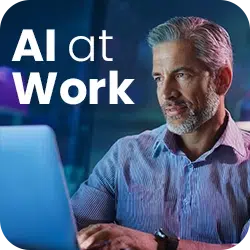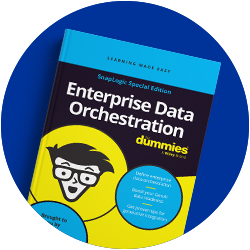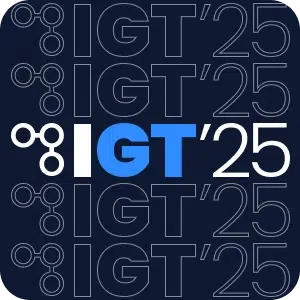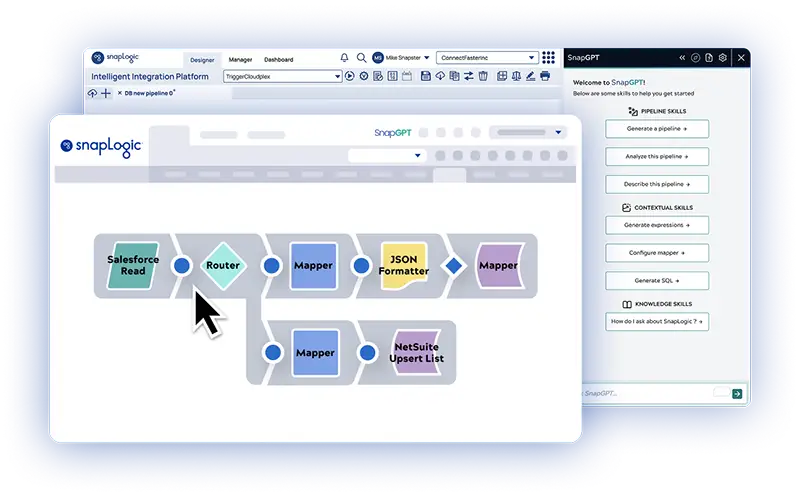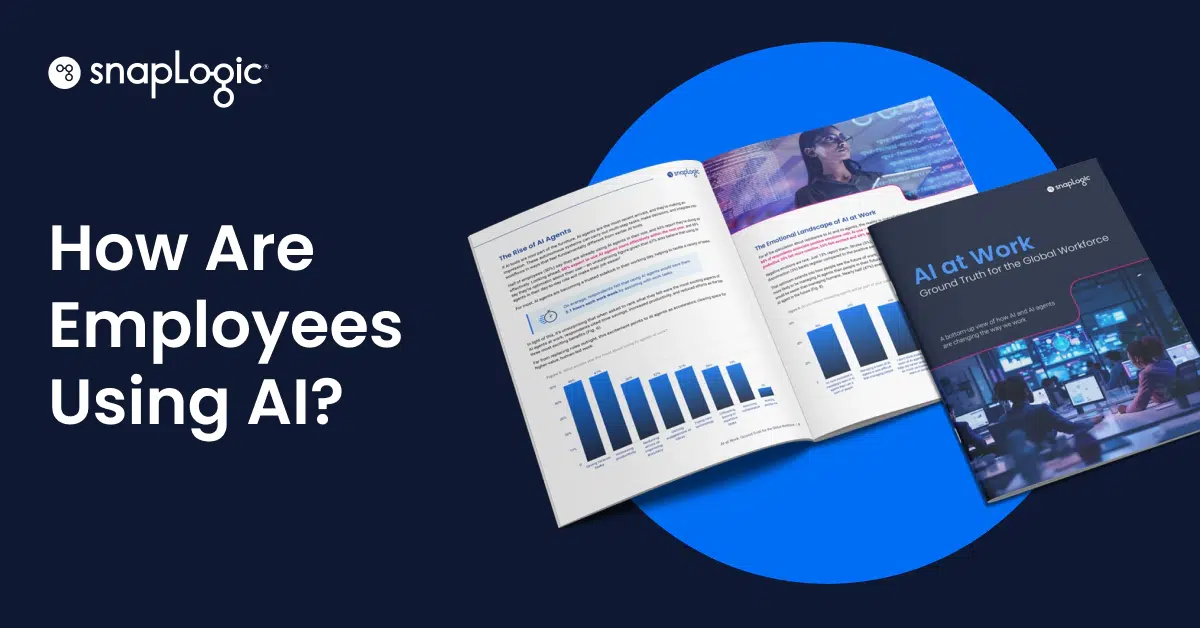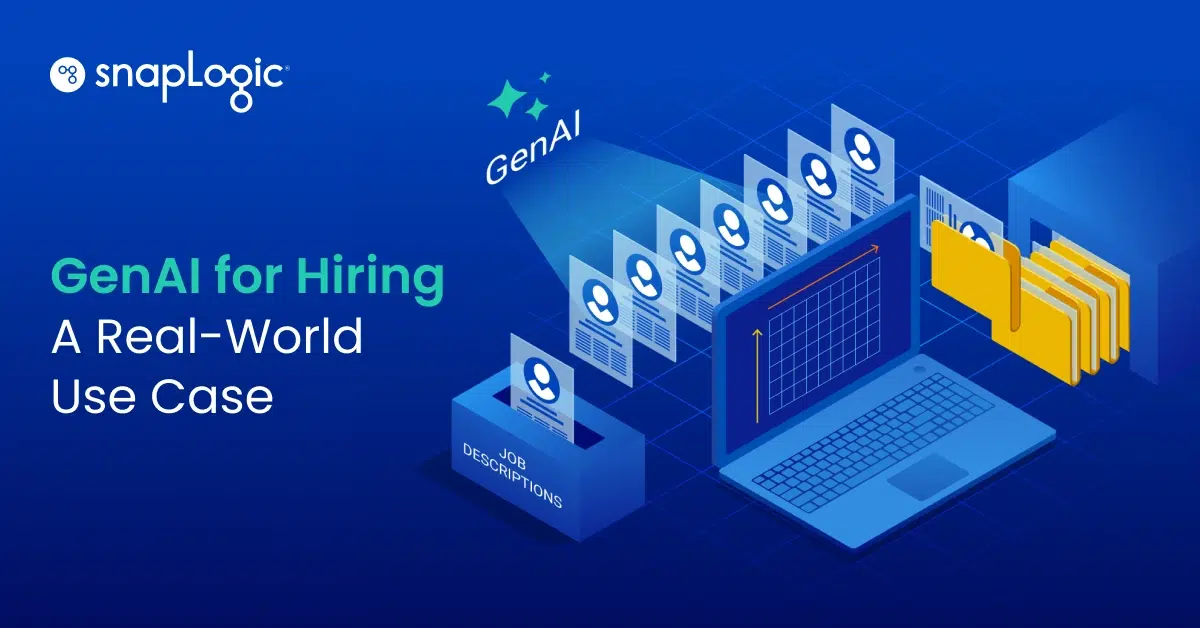Originally published on hrmagazine.co.uk.
Recruitment, onboarding, and retention are time-consuming tasks that keep HR busy for little reason when software can execute some of the same actions quicker and more accurately.
Automation, data integration and artificial intelligence (AI) are changing the game and organizations that implement data-driven processes will reap the rewards.
Recruitment
Let’s start at the beginning of the employee experience: recruitment. Advanced analytics and AI can be utilized to revolutionize the way roles are recruited.
As a hiring manager, you are looking for the most relevant information about each candidate, and this can come from structured and unstructured sources. A common example of a structured source is a CV.
Unstructured sources are where machine learning and AI really come into play. What is this person posting about on social media? How do they spend their free time? What are their interests? This additional information gives the hiring manager an idea of who a person is and what drives them.
By bringing this data together into one platform HR teams can analyze it and present it in a way that will be beneficial to the hiring manager. This saves the hiring manager time and arms them with the information they need to make the best decision possible.
As we look at countries around the world we can see HR processes modernizing and unstructured data playing a larger role, particularly in the US and the UK. There may be geographical differences in the approach, but data integration and advanced analytics are going to make an impact no matter where you’re hiring.
Onboarding
By integrating applications and systems a single action can set off a series of automated workflows such that a new hire gets their computer, paycheck, benefits, and more in a timely fashion.
Once a new employee is successfully onboarded there is still a delay until they are able to start working effectively. It can take someone four to six months to be productive in their new role, so to accelerate this timeframe HR departments should look to implement an automation platform sooner rather than later.
This can provide access to other colleagues as well as best practices, quickly bringing the employee up to speed with various business matters. By pulling together unstructured data, automating it into a coherent format, and presenting it to the employee in a way that is useful, it will allow that individual to understand their role and the business quicker. This will result in the employee being able to quickly proceed with completing tasks independently.
Cloud HR applications can be implemented to assist with HR processes, along with business planning and financial management. This helps with streamlining the internal HR practices, but can often take months to be completely integrated into an organization. But for companies looking to speed up that process, an automation platform will reduce those months to weeks.
Retention
Hiring the right employee is one thing, but retaining them is another. In the past, it was extremely common for an individual to stay in the same job or company for the majority of their working life. But attitudes are changing and starting a new job every five or so years has become increasingly normal.
AI and data can give a helping hand in the challenge of retaining employees and identifying those who are at risk of leaving. Employers can monitor for employee engagement and analyze performance through a dashboard continuously, rather than a review once a year. This helps organizations to identify any red flags and take corrective action as needed.
Internal reviews often focus on looking at the past performance of an employee, but this insight can help an organization to look forward at the role that employee can play in relation to business aims. For this dashboard, an automation platform is required to extract data from various sources and collate this in one place. Having this vast amount of data readily available will save time and allow HR employees to focus their attention on other tasks.
Tracking engagement
If an employee is at risk of leaving their employer will want to know at the earliest stage possible. One way to gauge this is through tracking engagement metrics. From these predictions can be made as to how likely they are to leave. Monitoring how long an employee spends on non-work-related platforms, such as social media, is an example. By having this data available HR departments can react as appropriate.
There was a time when HR was seen as a back-office function but it is now very much at the forefront. As data becomes more important across all departments in an organization HR and its processes will continue to adapt. Over the next few years, the lines between HR, finance, performance analytics, integration, and metrics will blur and will be hosted and powered on one easily-accessible platform.
